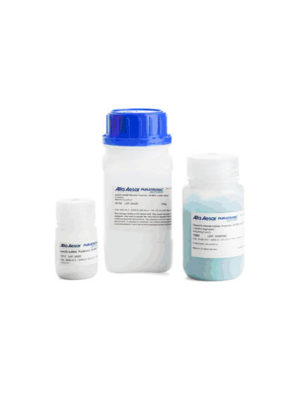Inorganic Phosphorus Acids

Inorganic Phosphorus Acids
Phosphorus acids are the oxoacids of phosphorus, with varying oxidation states of phosphorus from +1 to +5. Phosphorous acid or phosphonic acid (H3PO3) is a dibasic acid with phosphorus in +3 oxidation state. Hypophosphorous acid or phosphinic acid (H3PO2) is a monobasic acid having +1 oxidation state for phosphorus. Phosphorus is in +5 oxidation state in phosphoric acid, (H3PO4) which is a tribasic acid. Pyrophosphoric acid is a tetraprotic acid with formula H4P2O7. Hypophosphoric acid, a tetraprotic acid, H4P2O6 contains phosphorus in +4 oxidation state. Phosphorus oxyacids also exist in mixed oxidation states. Peroxomonophosphoric acid, H3PO5, is a tribasic acid with a peroxide group.
The most significant use of phosphorous acid is in the preparation of phosphonic acid chelating agents. Phosphonic acids and phosphate esters can be prepared from phosphorous acid. Phosphorus acid is used as a reducing agent and to produce phosphite salts. The most important use of phosphorous acid is the production of phosphonates which are used in water treatment.
Phosphoric acid, in addition to being a widely used reagent in chemistry, has a number of uses including rust inhibitor, dental and orthopedic etchant, electrolyte, flux, dispersing agent, industrial etchant, fertilizer feedstock, and component of home cleaning products. Phosphoric acid is used in dentistry and orthodontics as an etching solution, to clean and roughen the surfaces of teeth where dental appliances or fillings will be placed. This acid is also used in many teeth whiteners to eliminate plaque that may be on the teeth before application.
Hypophosphorous acid is used in the formulation of pharmaceuticals, discoloration of polymers, water treatment and retrieval of precious or non-ferrous metals. Its main use is for electroless plating; i.e. deposition of select metal films from solution on a sensitized surface. In organic chemistry, H3PO2 is best known for use in the reduction of arenediazonium salts, converting ArN2+ to Ar-H.


